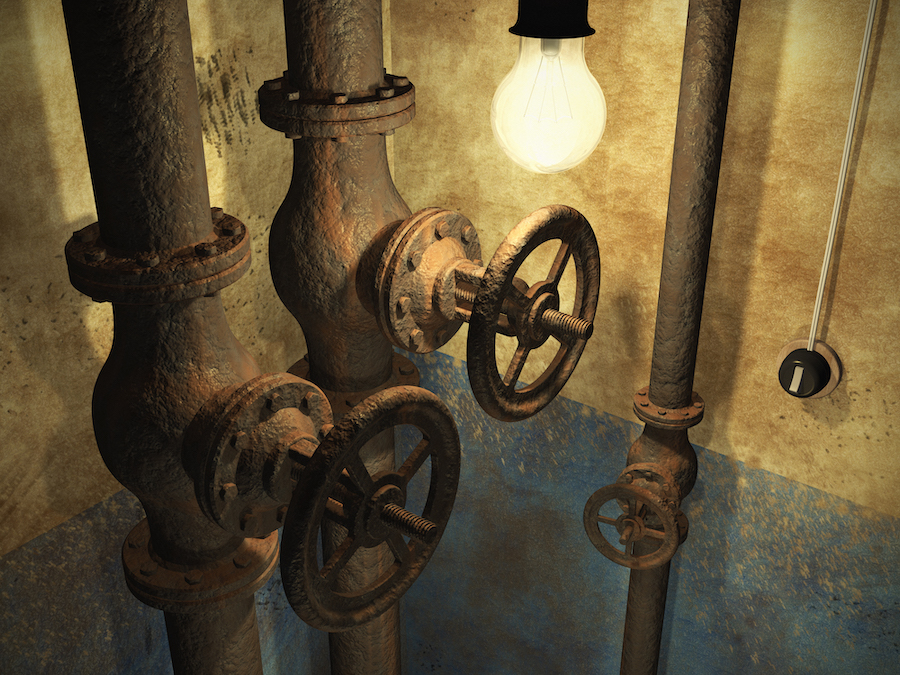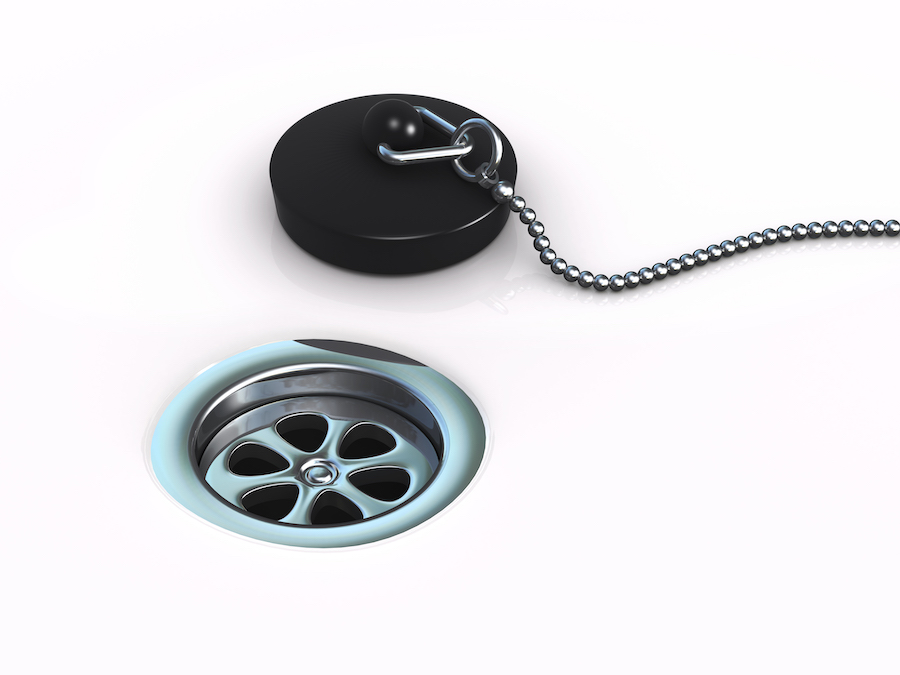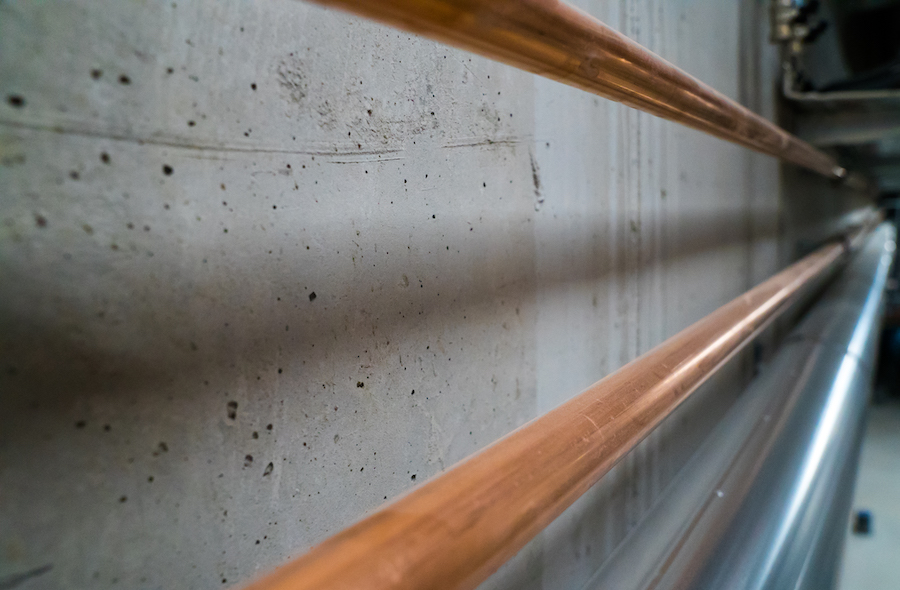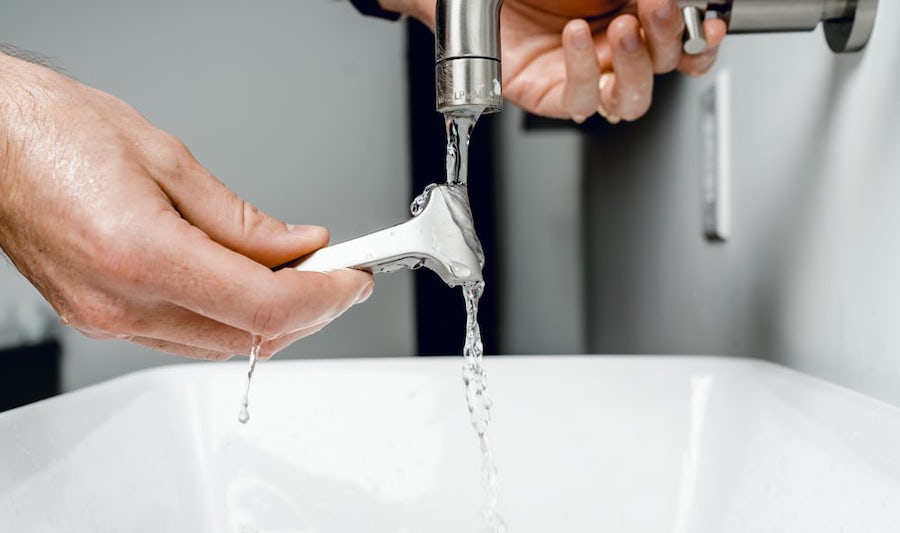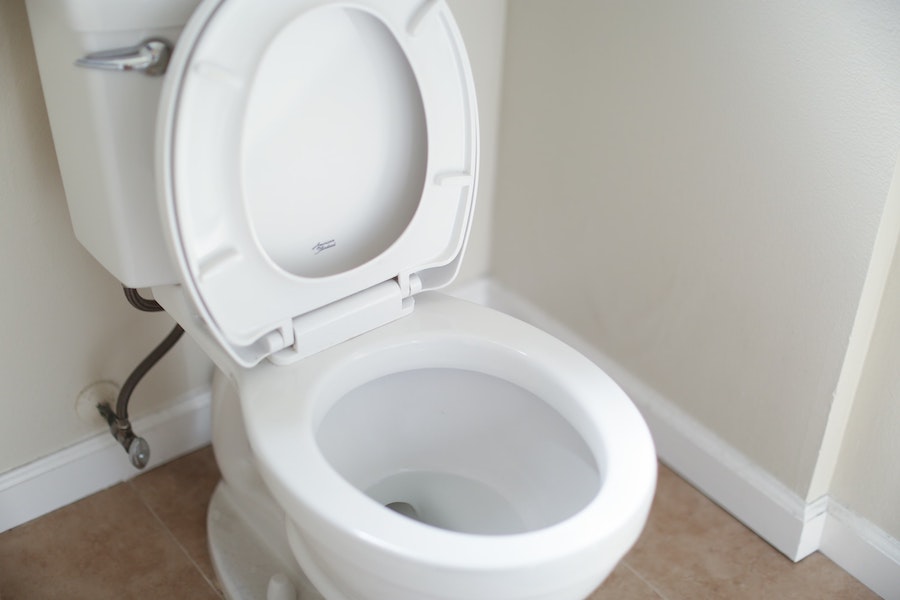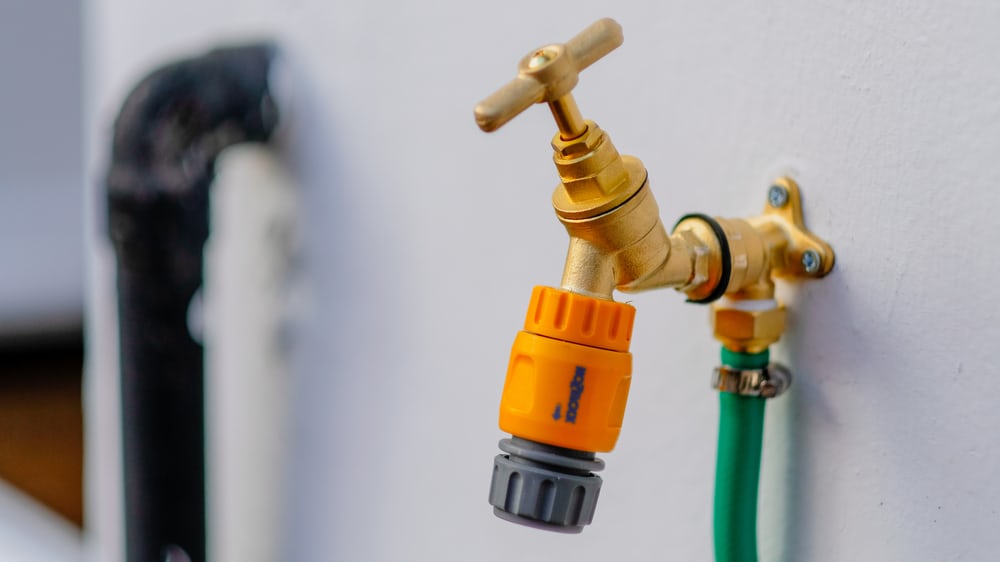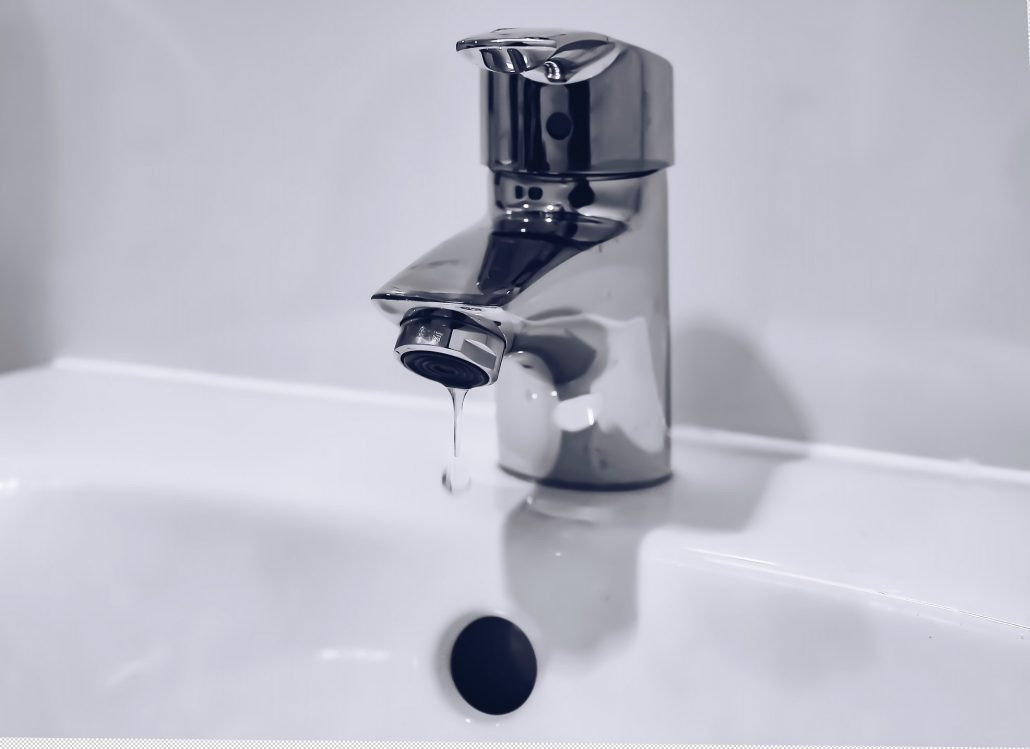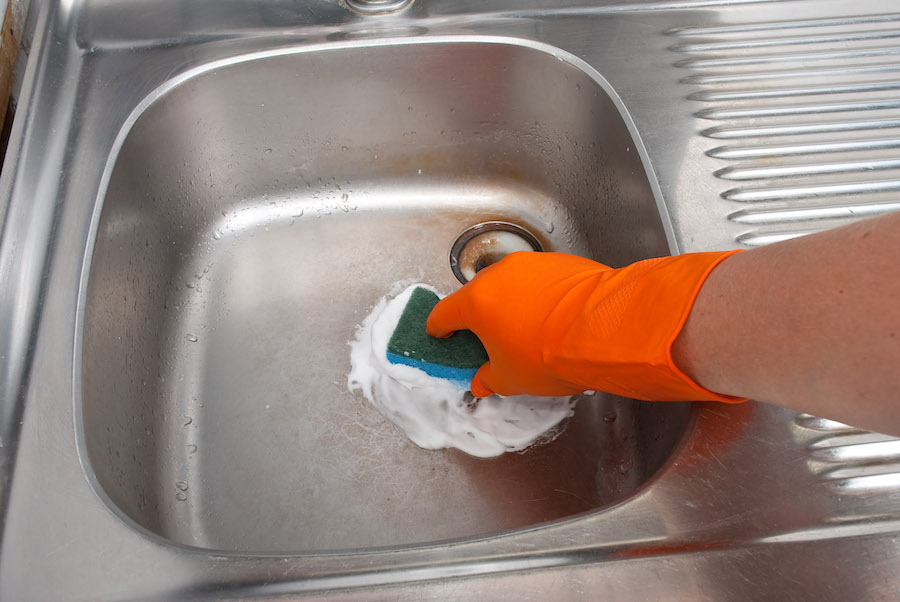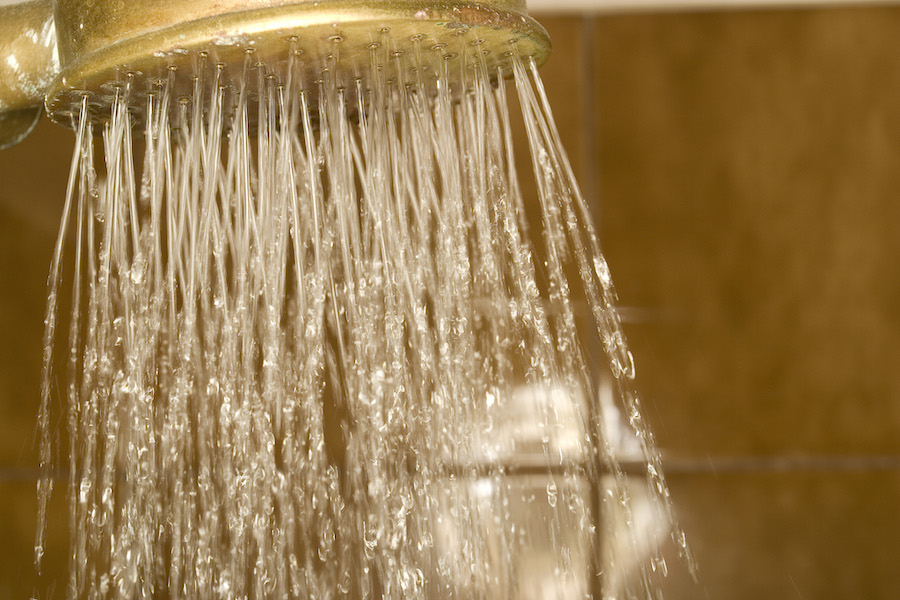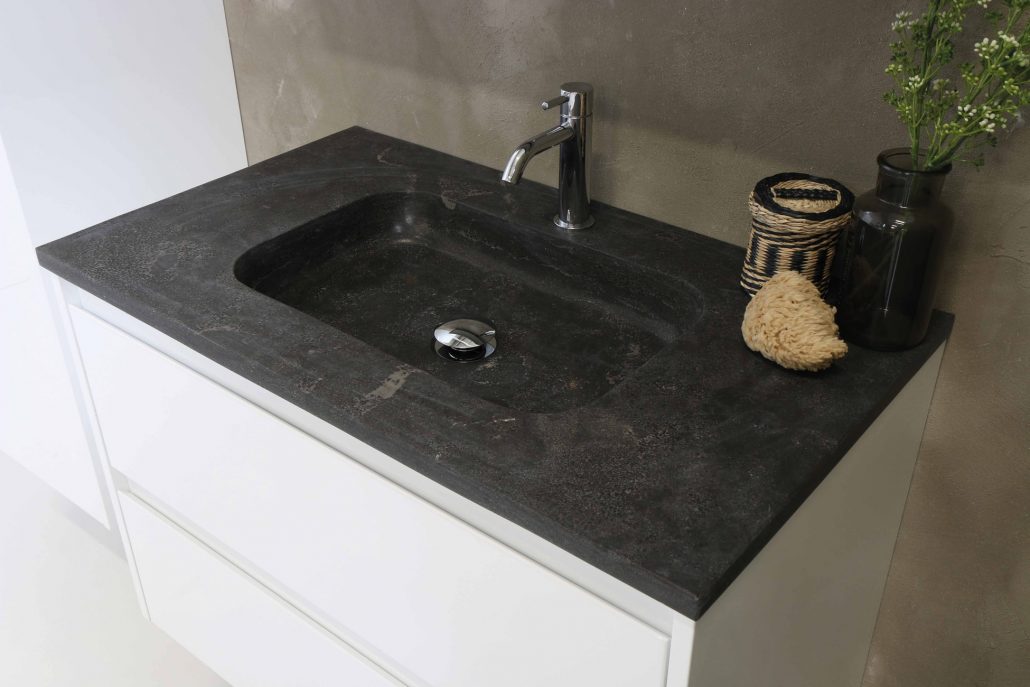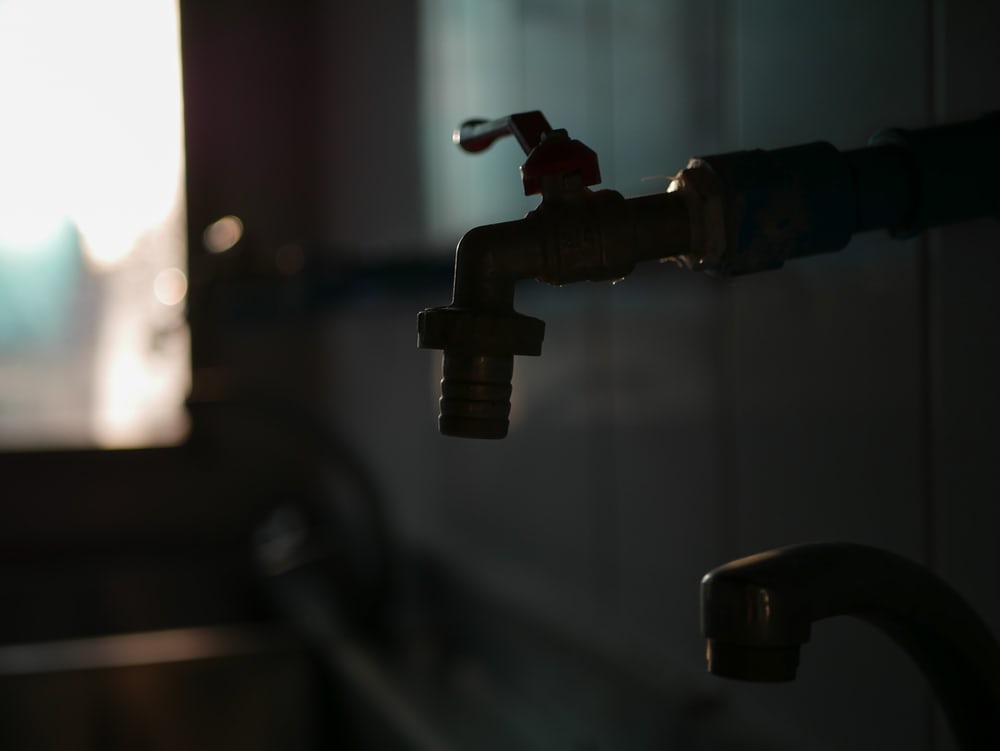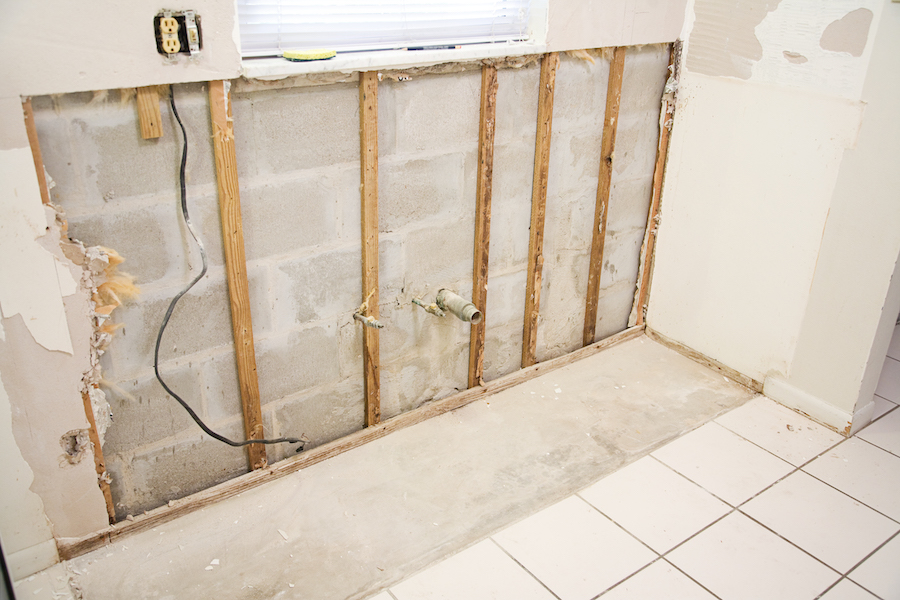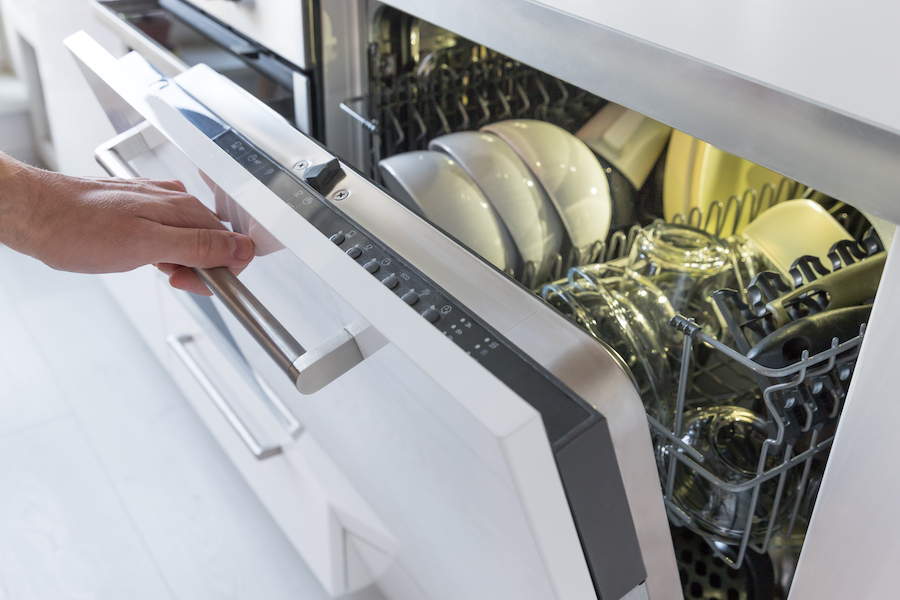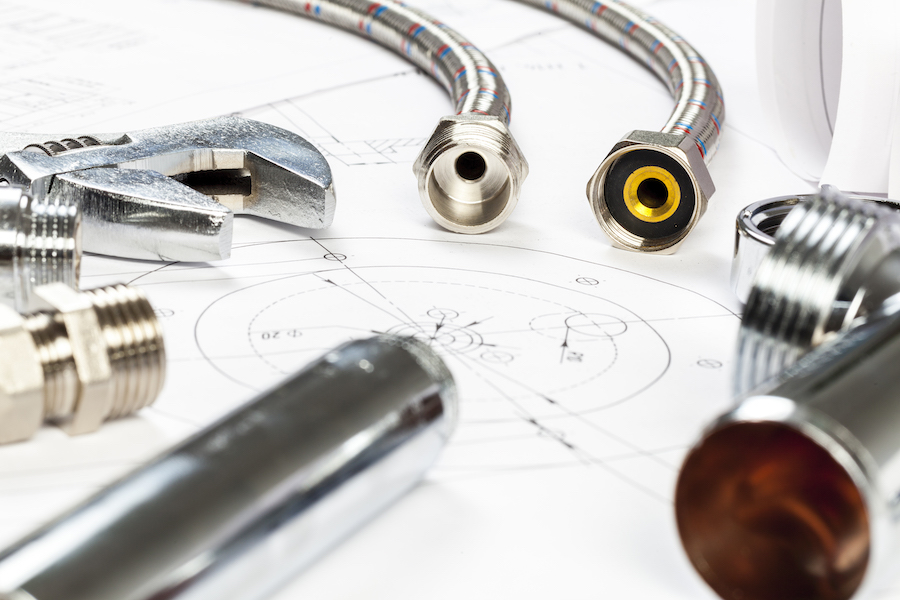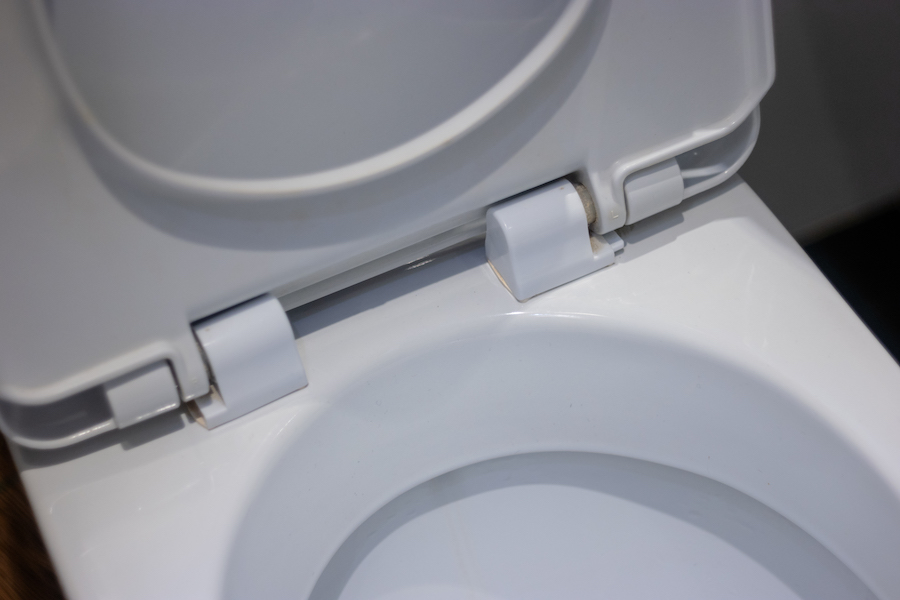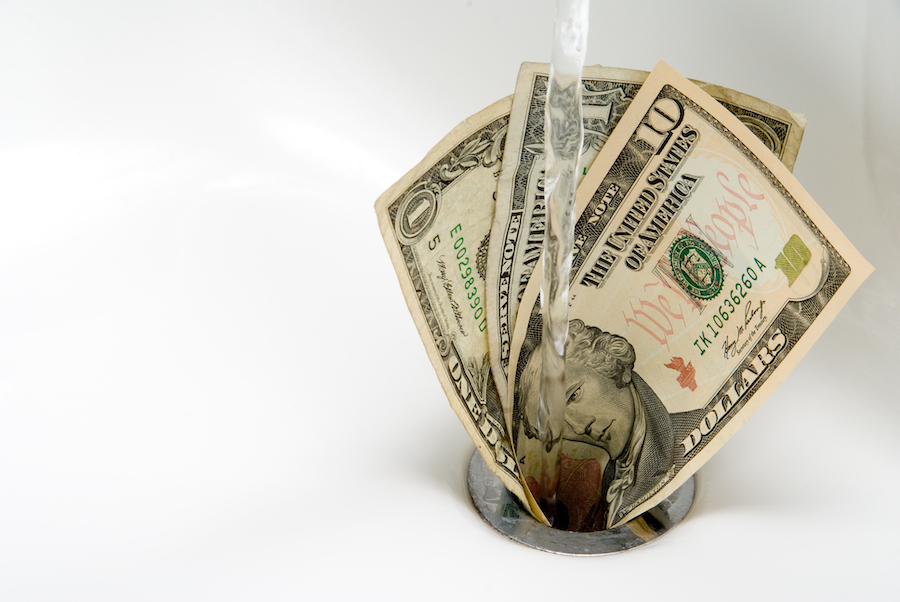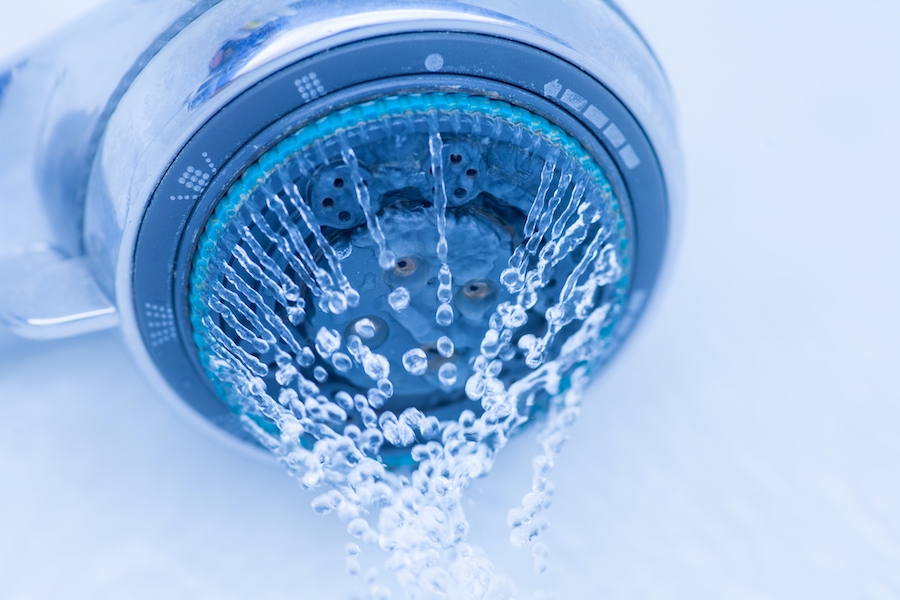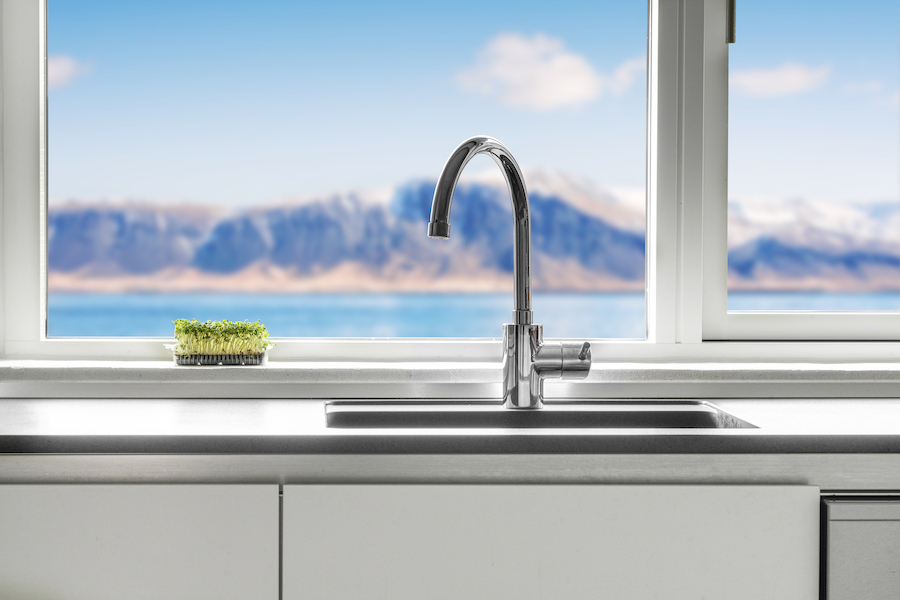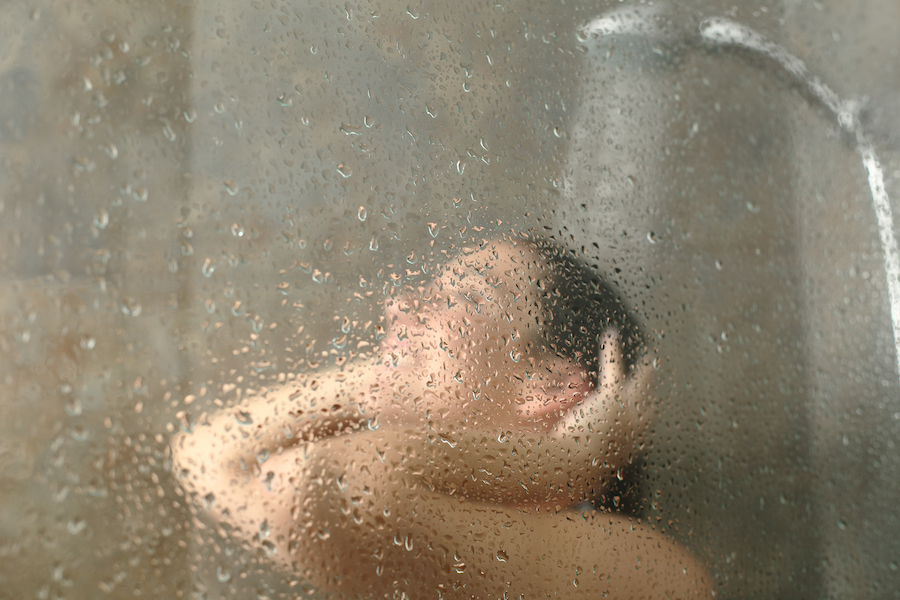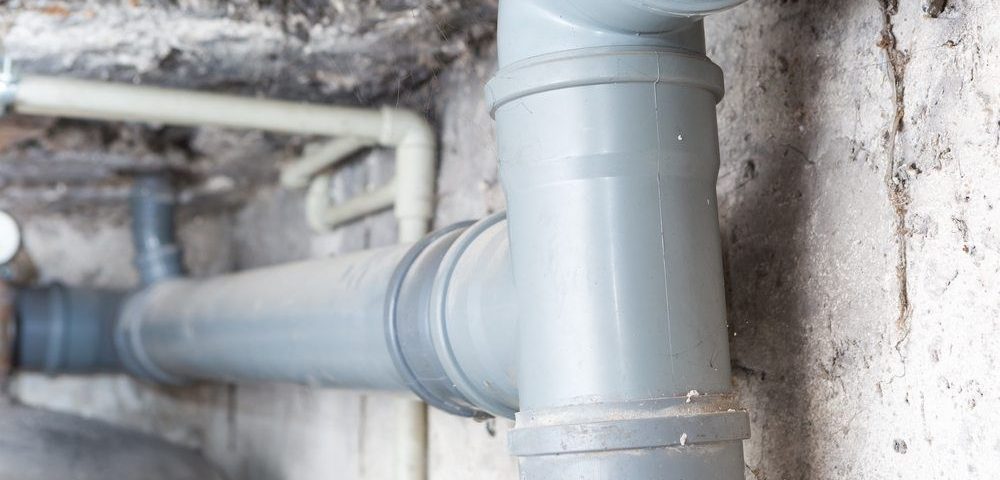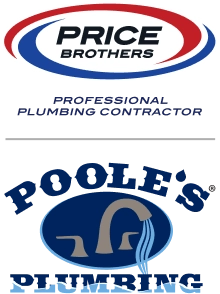Check and Discover Before There’s a Disaster” More Plumbing Problems in Old Homes to Be Aware Of
In our first of these two blog posts covering Plumbing Problems in Old Homes, we took an in-depth look at outdated materials to look for in the pipes in your older home. By recognizing these and addressing the problem before making a purchase, you can truly save yourself from almost certain disaster.
Likewise, with this second of our two-part look at possible Plumbing Problems in Old Homes, we will put our focus on some other things you can look for in that classic home you have always wanted, just to be sure there are no secret plumbing obstacles to overcome immediately upon your move to your new, but older abode.
Plumbing Problems in Old Homes: Where to Look and What to Look For
On the contrary to our first post on Plumbing Problems in Old Homes, the issues we are looking for today aren't necessarily due to the material being outdated. However, in most of the instances below, you will see that it is in many cases simply a matter of age regardless of the material used. Often times, no matter what is built or constructed, time eventually takes its toll. Your plumbing system is no different, and neither is one at an older home, especially. Listed below are four more areas for you to look at and check for possible Plumbing Problems in Old Homes.
Pipe Bellies
I would not be surprised if the first question many of you have about Plumbing Problems in Old Homes is about two words that match this first subheading. What are "Pipe Bellies?"
A very logical question, and to answer, we look at pipes that were installed underneath a home. These could be buried beneath or possibly encased in concrete, but either way, these pipes over a. period of time will be affected by the natural shifting or slight movement of the home. When these pipes shift downward, they create a negative slope. This is called a "Pipe Belly."
This is a Plumbing Problem in Old Homes in that it restricts the flow of water. It also can create pools that accumulate waste or sediment. Obviously, if this were left unattended, it will cause stop[pages or leaks. This type of issue calls for a professional like your friends at Poole's Plumbing to come out and take a look before deciding what is to be done to rectify the problem.
Failing Sewer Lines
Just from the title, pretty sure you can tell this one does not sound good. But, the reason this makes for Plumbing Problems in Old Homes is that sewer lines are always buried. Thus, no one gives a lot of thought until the sewer line fails. Once they do fail, however, they cannot be ignored.
Sewer lines always see heavy use and those in older homes were many times built before modern-day appliances. So, with dishwashers and garbage disposals and all the other things pushing and forcing more and more through them, eventually a failure is inevitable. Plumbing Problems in Older Homes such as sewer line failure can also be increased by being shifted or damaged over the years by tree roots.
Sewer line failure can be fixed in a few different ways. These include a trenchless line replacement, or a relining of the sewer can be the fastest fix in this situation. In many cases though, you'll be relieved to know that this issue should be just a single-day fix.
Outdated Fixtures and Connections
As we stated at the beginning of the post and once again we will say now, when things get older, they eventually wear out or break down. This goes for plumbing fixtures and connections too. Thus, when faucets, fixtures, supply lines, and more get older, there are more Plumbing Problems in Old Homes to deal with.
Outdated fixtures and connections can also lead to corrosion and general overall wear and tear. These issues can restrict water flow, lead to broken knobs, and create leaks that make even simple usage of water in the home an inconvenience. In worst-case scenarios, amplify that "inconvenience" to an all-out expensive plumbing disaster.
The best solution to these types of Plumbing Problems in Old Homes is preventive maintenance. Now, of course, you cannot stop things from aging. However, keeping an eye on this issue and contacting a professional at first sight of any possible problem could save you big. Likewise, having an annual professional plumbing inspection done can lead to n\nothing but good things as well.
Bad Repairs
Our final of all Plumbing Problems in Old Homes is one where we can point the finger at a repairman. Just kidding, well sort of. Pointing a finger won't do us any good, however, the problem of at some point having bad repairs done when you were not aware they are done.
Countless old homes, if not all have at some point had repairs done involving the plumbing. The types of bad repairs we speak, as you can imagine, ranging from "not so bad," to disastrous. Whereas some of these could be seen as laughable. But, if you discover something like an improper slope of a shower or unsafe water heater, its are not funny. Likewise, you should call the pros at Poole's Plumbing ASAP.
Plumbing Problems in Old Homes: By Checking You Can Make the Problems What are Old.
This concludes this second of our two-part series on Plumbing Problems in Old Homes. In all of these cases the best thing you can do is keep a consistent watch on your plumbing. If you notice something not right, don't wait and wonder. Pick up the phone and call us here at Poole's.
To reach us, the most trusted name in Raleigh plumbers for over two decades, Poole's Plumbing, visit poolesplumbing.com.

